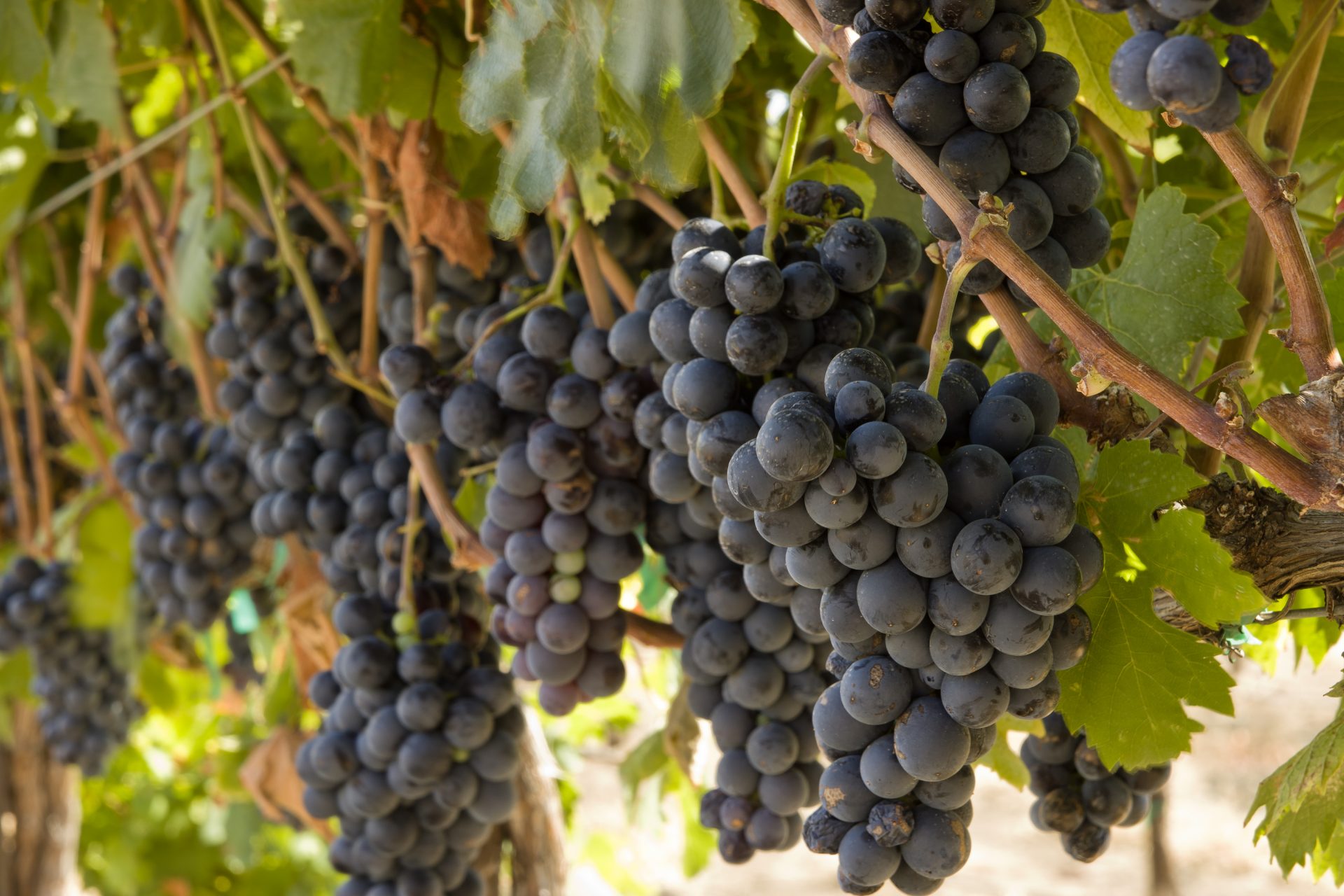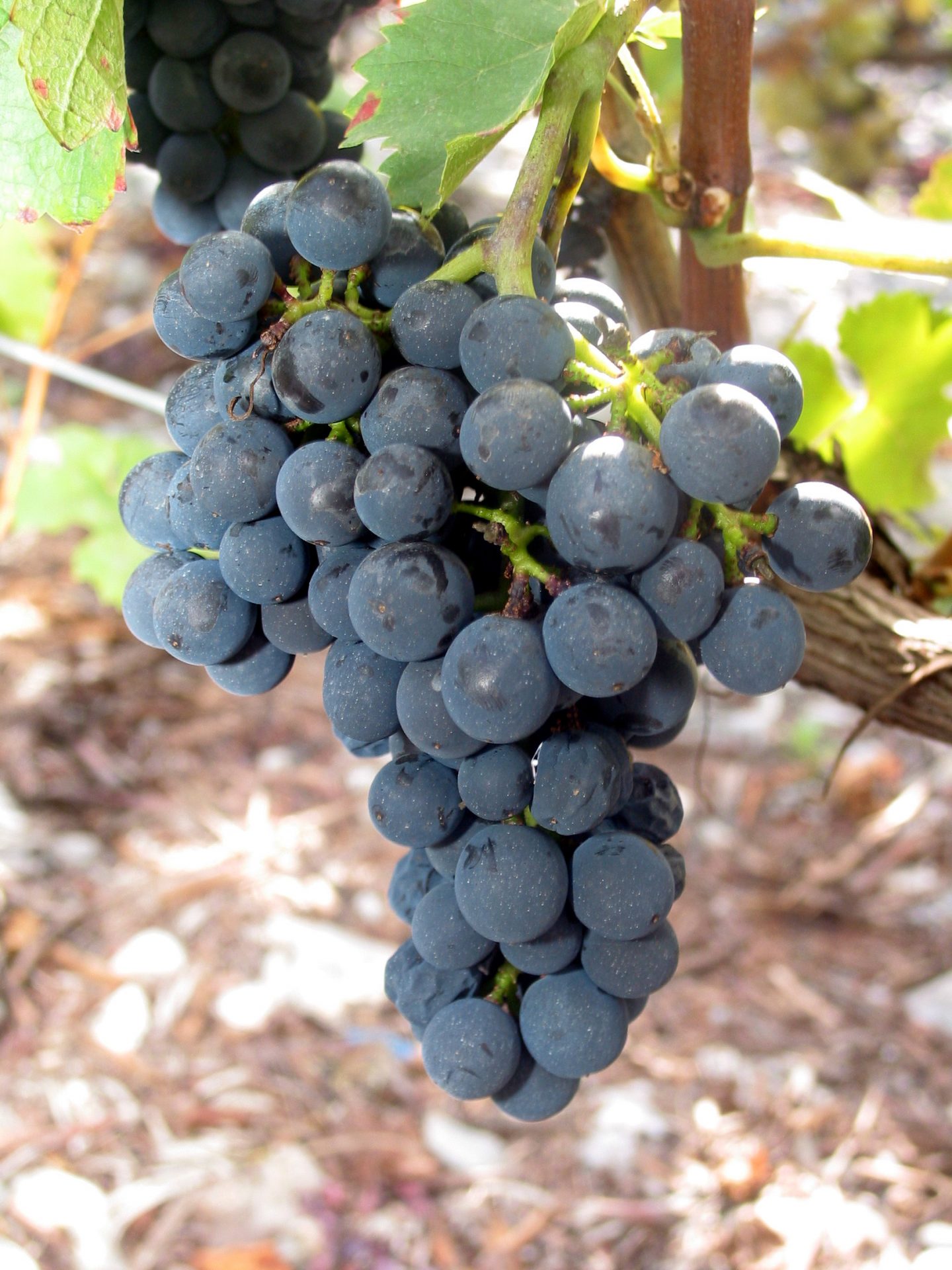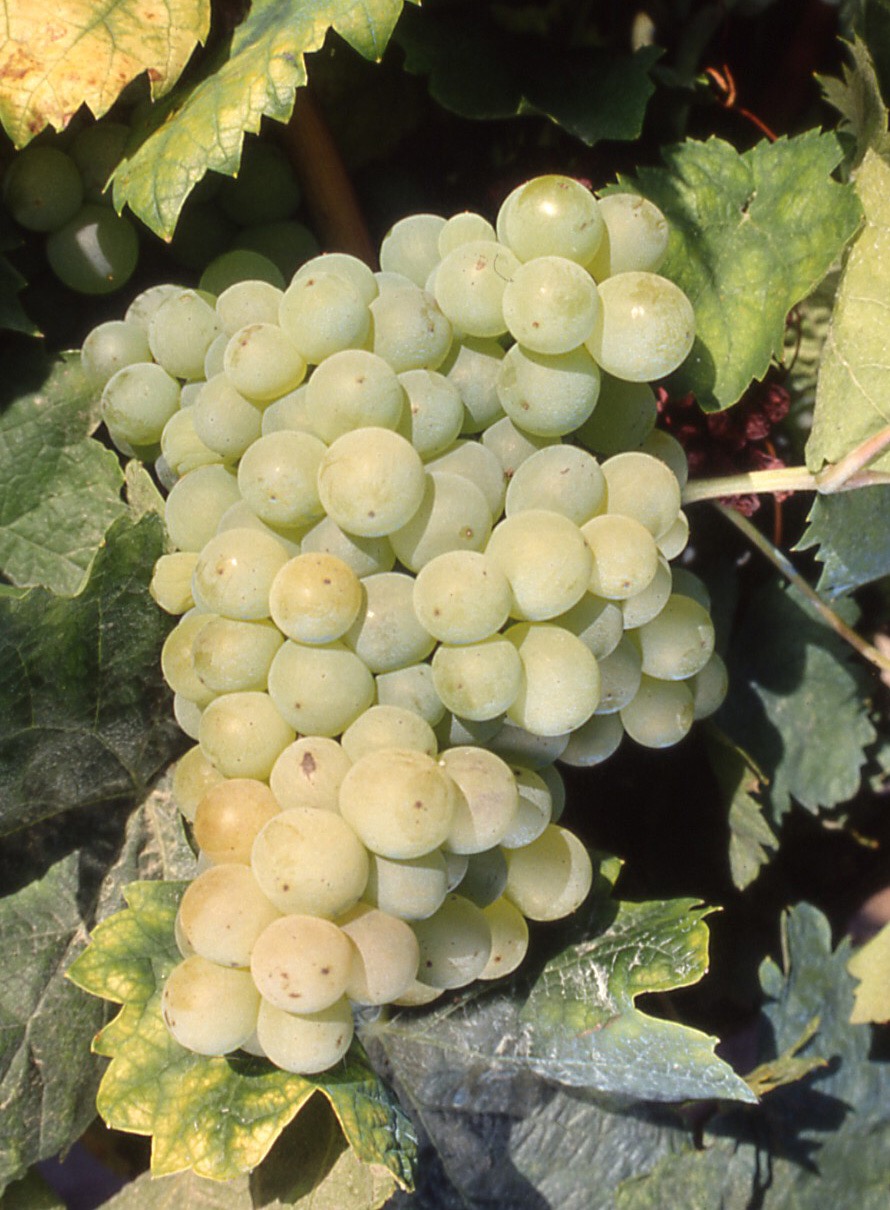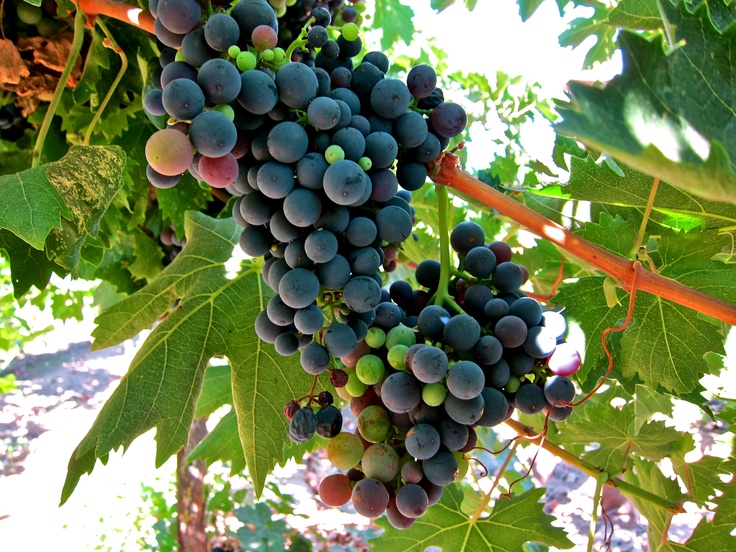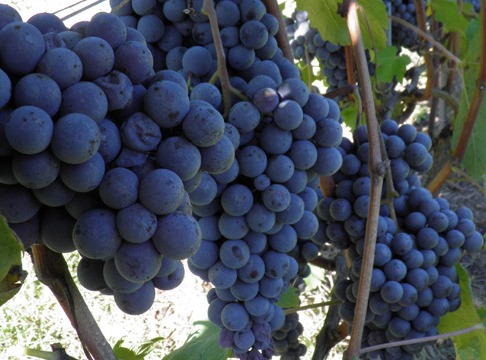
Pelaverga is so very rare that it was actually quite tricky to find anything like a decent picture of a bunch of Pelaverga grapes online. So this will have to do.
The Grape Hunter is an irregular column where we seek out some of the more esoteric grape varietals out there. This week sees the turn of the Piemontese rarity that is the Pelaverga grape.
Confusingly spanning two quite distinct and unrelated variations (the Pelaverga Grosso and the Pelaverga Piccolo) it is also known as Peilaverga, Pela Verga, Caleura, Cari, Cario, Calora, Fra Germano, Taddone, Uva Coussa and Uva delle Zuche. For today we’ll concentrate upon the Pelaverga Piccolo.
The Pelaverga is a fascinating varietal that I actually tasted for the first time last month at Lifford‘s Red October event. It’s always lovely to meet an unfamiliar grape varietal that I am immediately drawn to, and hence this little write up today.
Having been previously seduced by both the Grignolino and Ruchè Piemontese indigenous outliers, it should come as no surprise that the similarly light, pale wines of the Pelaverga pressed all of the right buttons for me. The problem was, there is not really that much information out there about Pelaverga, as the grape is basically now on the endangered species list, with all of 12 hectares been given over to it.
It’s a grape with considerable history, dating back to at least the 15th Century, when it was most usually used for blending or as a table (read : eating) grape. For the most part Pelaverga took a backseat role until the single varietal wines of Verduno, located in the Barolo region, were granted DOC status back in 1995.
The name is quite interesting too, with some scholars associating the literal translation of Pela (branch) and Verga (peeler) with the way in which the vine was trained in the vineyard. Personally I prefer the concept that associates the Verga suffix with the guttural Spanish term for “cock and balls”, claiming that the wines of Verduno work as some kind of all-natural vinous Viagra or something along those lines. I cannot tell you that I felt any of these supposed benefits of imbibing, but then again I did only have a 3oz tasting pour. Who knows… ?
Pelaverga tends to produce wines that show quite pale ruby in the glass. The bouquet is extremely appealing, with a strawberry/raspberry core assisted by a delightful white pepper characteristic, not dissimilar to that I find within many Grüner Veltliners. On the palate that peppery character continues. This is accompanied by an unfailingly fine acidity that ensures that the wine never tires the palate. Despite some examples having alcohol exceeding 14.5%, I never found any of the wines particularly full bodied, medium at most. The wines usually exhibit soft tannins, that is unless an over-zealous Winemaker has tried to extract more colour form the grapes, bringing with the process some unpleasantly bitter tannic elements.
From my readings I see that locally the wine is often served with just a slight chill alongside the classic Prosciutto and melon platter.
I certainly look forward to trying a few more of these Pelaverga wines in the not too distant future.

Edinburgh-born/Toronto-based Sommelier, consultant, writer, judge, and educator Jamie Drummond is the Director of Programs/Editor of Good Food Revolution… And that was a new one for him.



